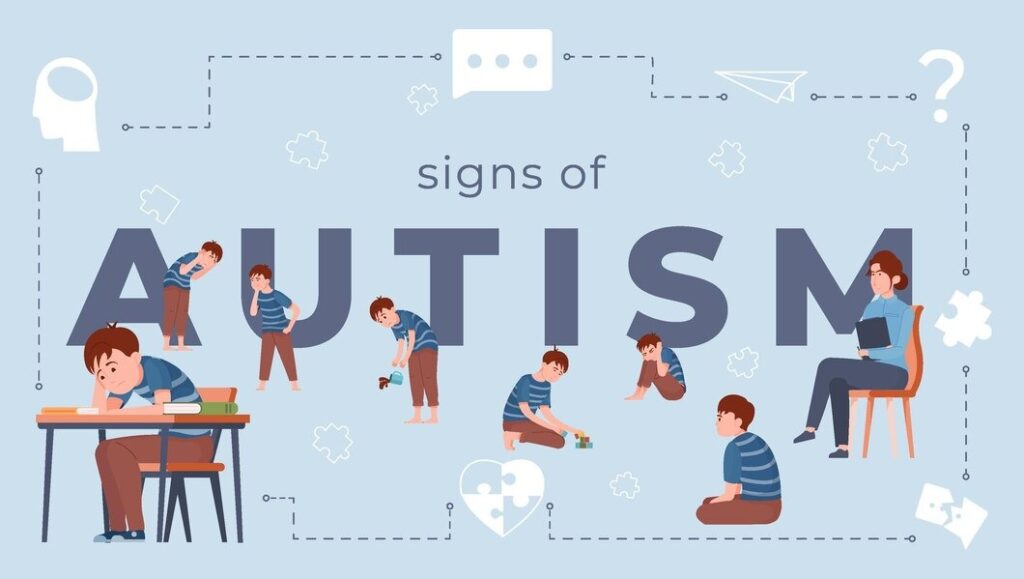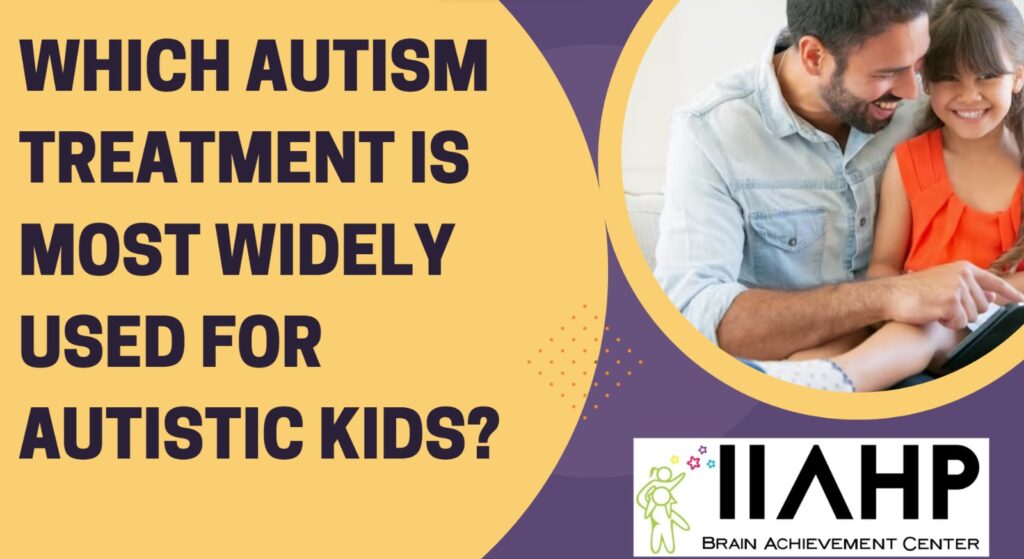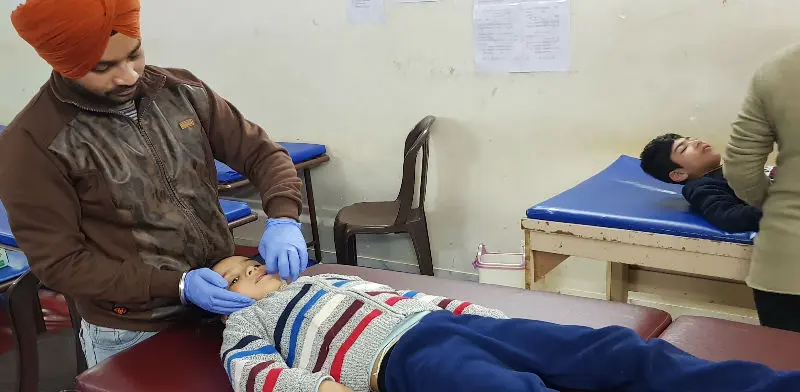Autism spectrum disorder (ASD) affects communication and social interaction in most autistic children, making Autism Treatment for speech Delay & language therapy the most common autism treatment used around the world. In this blog, you will learn about speech and language therapy in detail, including what speech and language therapy is, what benefits it offers, what it includes, and more.
Table of Contents
- What is speech and language therapy (SLT) for autism?
- What are the benefits of speech and language therapy for kids with autism?
- How does speech and language therapy work?
- What skills does speech-language therapy focus on?
- Why is speech and language therapy an effective autism treatment?
- When should my child with autism begin speech therapy?
What Is Speech and Language Therapy for Autism?
Speech and language therapy (SLT), also called speech-language pathology (SLP) services, is the therapy that improves the speech, language, communication, and swallowing abilities in children with developmental delays like autism. When an autistic child struggles with communication and speaking, SLT intervention for autism is recommended.
Speech therapists assess a child’s verbal and nonverbal skills. Then through customized sessions, they help enhance language development, build social skills, and improve comprehension through prompts, repetition and visual aids. The interactive model allows children to practice by applying new skills right during speech therapy sessions.
These professionals also guide parents on continuing language-stimulating activities at home to build retention. The ongoing involvement of parents is the key to maximize the effectiveness of speech-language therapy.
What Are the Benefits of Speech and Language Therapy for Kids with Autism?
Here are some of the most common ways speech-language therapy helps children with ASD:
- Accelerates language development critical for academic success
- Enhances vocabulary size including descriptive words
- Cultivates expressive abilities to verbalize needs and ideas
- Sharpens listening/interpretation skills for following instructions
- Teaches social cues like greetings, taking turns in conversation
- Boosts self-confidence through skill-building play sessions
- Allows practice conversing about feelings, interests or routines
- Builds better family communication and peer relationships
With expanded and improved self-expression and comprehension, children with autism gain greater independence. This reduces unwanted behaviors stemming from frustrations caused by lack of communication.
How Does Speech and Language Therapy Work?
Speech-language therapy techniques are customized to each child’s needs and challenges. But sessions typically involve structured play activities that incorporate:
- Visual Aids:Flashcards, pictures, drawings, and posters provide supportive visual information to accompany verbal language. For example, a speech therapist may show an apple picture while prompting the child to say “apple” during a food vocabulary lesson.
- Modeling: Speech therapists demonstrate targeted words, gestures, and social behaviors for the child to observe and then imitate. This taps into visual learning aptitude commonly stronger for kids with autism.
- Repetition: Repeating essential words, concepts, and patterns helps open up language pathways in memory centers of the brain through reinforcement. Songs and rhyming games also help improve retention of words and other learned things during sessions.
- Sensory Tools: Hands-on media like building blocks, modeling clay, and painting make practice sessions more engaging while addressing sensory-stimulation needs.
What Skills Does Speech-Language Therapy Focus On?
Here are the main areas that speech-language therapists target to overcome the barrier of communication for children with autism:
- Picture Exchange Communication (PEC): Links images to words/phrases which can be associated to the needs like food or toys.
- Articulation: How lips, tongue, and teeth shape sounds into recognizable speech.
- Auditory Processing: Accurately interpreting and remembering spoken language.
- Receptive Language: Grasping meanings of words/instructions spoken by others.
- Expressive Language: Using words/gestures to share ideas and needs.
- Social Skills: Conversational etiquette like greetings and eye contact.
- Functional Communication: Practical real-world skills like responding to questions, voicing discomfort, and participating in groups.
Improving speech and language in autistic kids also bring social, academic, and professional opportunities associated with effective communication.
Why Is Speech and Language Therapy an Effective Autism Treatment?
While interventions for therapies like occupational therapy (improving life skills) and behavioral therapy (positive reinforcements) have their own benefits, speech therapy is the most common intervention. Why? It is because speech is used in almost all the areas when interacting with society.
With guidance from a qualified speech-language therapist at IIAHP in Chandigarh – the leading autism treatment center, children make significant improvements while reducing communication impairment, which is the most common problem in autism. This allows children with autism build better connections with more people and environments.

When Should My Child With Autism Begin Speech Therapy?
Starting speech therapy early has huge benefits. Experts strongly advise beginning speech-language sessions between ages 2-4. Strong neuroplasticity (the brain’s ability to change and adapt based on ongoing experiences) in young children allows communication pathways to develop more optimally when the autism treatment begins earlier.
The most rapid speech and language development happens before age 5, with verbal skills firmly solidifying by age 6 or 7. Intervening while the brain is rapidly making connections builds progress in everything from vocabulary to conversing fluently.
Beginning speech therapy even earlier around 18 months old can greatly impact outcomes if warning signs are detected extremely early.
Many children show initial symptoms from 12-24 months as key social and communication milestones get increasingly delayed. The sooner they can begin practicing speech with a therapist through play and repetition, the more their language skills improve.
So, if you notice any delays in your baby development and growth, have your child evaluated no later than age 2, and start speech-language therapy as soon as possible.
At IIAHP, we offer speech-language therapy, listening therapy, brain gym therapy, neurostructural therapy, art & sensory integration, reflex integration, and various autism treatments and therapies. For any information on autism treatment, please get in touch with us at +91-9815652162 or info@iiahp.com.






